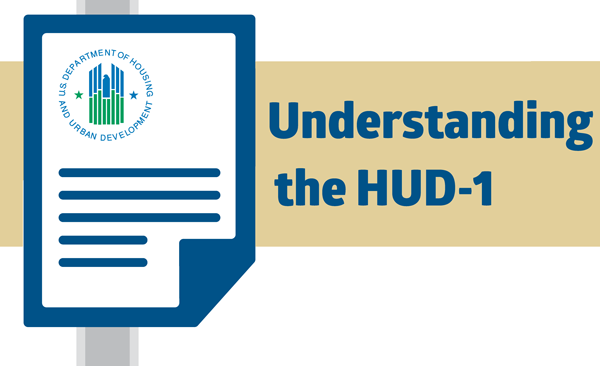When you apply for a mortgage, your lender will provide a Good Faith Estimate, often referred to simply as a GFE. A GFE is a government-standardized form that gives estimates of the charges and fees that will be associated with closing your transaction. The lender is required to issue the GFE within three business days after receiving your loan application and it is valid for 10 business days following.

The figures provided in a GFE are divided into three categories, each of which has a different tolerance level. A tolerance level indicates how much the GFE estimated charges can increase at closing. Here are the top five things to know about GFE fees and to
lerance levels.
- Range: Tolerance levels fall into one of three categories: no tolerance, zero percent tolerance and 10 percent tolerance. Under no tolerance, the GFE figure can change without penalty to the lender. On the other hand, a zero-percent tolerance level means there cannot be any increase in the GFE fee at closing. Finally, 10-percent tolerance allows the total cost of the selected items to rise by a maximum of 10 percent.
- Lender liability: Tolerance levels are intended to help homebuyers by keeping lenders accountable for their quotes. They limit the possible deviation of the figures in order to minimize any surprises. In addition, if any costs exceed the acceptable tolerance levels when compared to the original GFE, the lender is liable for this and must pay for the difference. On the other hand, if costs go down, there are no penalties.
- Zero-percent tolerance items: Certain aspects of your transaction will be categorized under the zero-percent tolerance level, meaning the costs cannot go up at closing. For instance, this applies to any fees from your lender, such as the origination charge. Rate lock fees and transfer taxes also have a zero tolerance.
- No tolerance items: As mentioned, lenders are not penalized for some fee changes at closing. These include things like homeowners insurance and lender's title insurance. However, the latter will only apply if you shop with a company that has not been identified by your lender.
- Shop Around: Comparing different GFEs from a number of lenders can help you to better understand what a reasonable estimate is and select a lender that works for your transaction and your budget.



